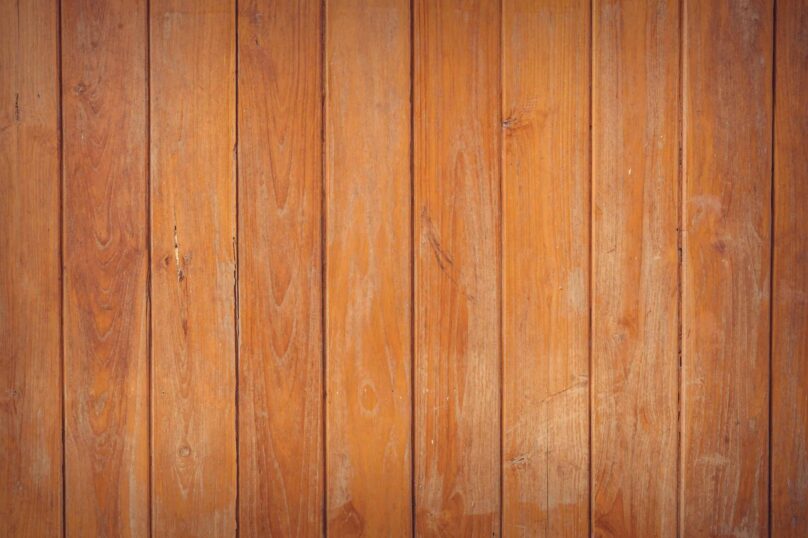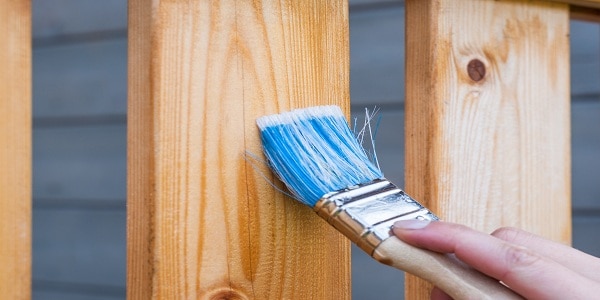Varnish is basically painted without the pigment. Most contain polyurethane resins and solvent-based acrylic varnishes are becoming more popular for health and environmental reasons, just as solvent-based paints are losing ground to water-based types.
Varnishes are available with a satin/silk or a high gloss finish, either clear or with the addition of a small l amount of color.
These colored varnishes are intended to enhance the appearance of the wood or to give it some extra color without obliterating the wood grain, as paint would do.
The Varnish
Varnish is its own primer and undercoat, although it is best to thin the first coat with about 10% white spirit for solvent-based types, or water for acrylic types and to apply it with a lint-free cloth rather than a brush so that it can be rubbed well into the wood grain.
When this first coat is dried, it is keyed or roughened by rubbing very lightly with fine abrasive paper, dusted off, and a second, full-strength coat brushed on.
For surfaces likely to get a lot of wear, it is advisable to key the second coat as before and apply an additional coat.

above colored varnishes help to enhance the color of the wood grain without obliterating it completely, as paint does.
Above varnish is a hardwearing alternative to paint on wood with an attractive grain pattern, and the surface shows marks less readily than paint too.
Wood stain colors
Wood stains, unlike paint and varnish, are designed to soak into the wood. they may subsequently be sealed with clear varnish to improve the finish and make the surface more durable.
They are available in water-based or solvent-based types in a wide range of colors and wood shades; different colors of the same type can be blended to obtain intermediate shades, and the strain can be thinned with water or white spirit as appropriate to give a paler effect.
Stains are often applied with a brush or a paint pad, but it is often quicker and easier to get even coverage by putting them on with a clean lint-free cloth.
Quick work is needed to blend wet edges together, and to avoid overlaps which will leave darker patches as the stain dries.
the solution is to sand the surface perfectly smooth first and then dampen it with a wet cloth.
This will raise the surface fibers. when the wood is dry these fibers are sanded off with extra fine abrasive paper, ready to receive the application of stain.
FAQ
Is it better to varnish or stain wood?
Some people prefer to varnish wood because it gives it a more polished look. Others prefer to stain wood because it allows the grain of the wood to show through.
Do you need to varnish wood after staining?
After you stain the wood, you will need to apply a layer of varnish to protect the color and finish.
Can I put varnish over the wood stain?
You can varnish over the wood stain, but it will change the color of the stain.

